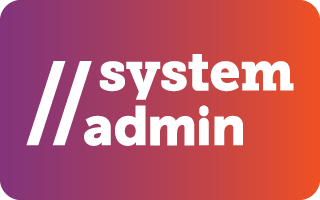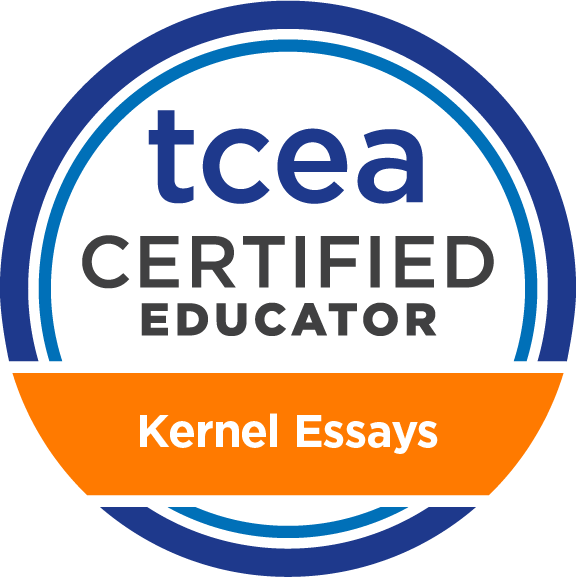This course provides educators with practical, innovative tools for teaching both reading and writing, adaptable to any instructional style—from fully digital to traditional paper-and-pencil. Guided by the foundational principles of the National Writing Project and informed by research and best practices from literacy leaders, course designer Gretchen Bernabei shares proven strategies that demystify effective writing and in-depth reading.
Learn with TCEA?
- Our courses are streamlined for efficient and lasting learning.
- We share ideas and resources that you won’t be able to find anywhere else.
- We also offer ideas and techniques based on years of experience in professional development, integrating educator feedback to always meet the needs of course participants.
Self-Paced Online Course
Kernel Essays for Writing and Reading is a self-paced, online program. Participants can begin anytime and go at their own speed throughout the program.
Upon enrollment, you will receive a program invitation email from TCEA’s learning management system that will give you access to the self-paced course. Within the course, you will find modules that must be moved through in sequential order.
Course Modules
Introduction to Kernel Essays: What are kernel essays and where did they come from? If you recognize scenarios like “I don’t know how to start” or “What am I supposed to say in the introduction,” then you understand the need for students to learn independence as writers. You’ll learn how one pair of questions leads to an infinite number of answers; you’ll practice two basic kernel essay structures and write your own first kernel essays, while exploring the surprisingly fast transfer of ownership to students.
Writing Kernel Essays for Readers: What is literacy for, anyway? Mostly, it’s for humans to connect with other humans. Through a survey of text structure collections, you’ll explore what Thomas Newkirk calls the “itch and scratch” of writing for actual readers, from our most formal national proclamations to messages between family members or friends. We want our students to be prepared to write for any situation, including academic situations.
Adding Details with Writer’s Craft: But what if you want to expand a kernel essay into something longer? We collect writer’s craft piece by piece, starting small and adding one piece at a time. This module shows you how to set up, harvest, and apply a working collection of writer’s craft, including ba-da-bing sentences, figurative language, and rhetorical devices.
Revising Weak Writing: Your writers have been learning how to strengthen their writing, but it’s also important that they learn about some features that weaken writing. This module will raise their awareness so they will notice and revise some of the most common types of weak writing (vagueness, repetition, throwaway writing, words in weird order, bad logic and passive voice).
Writing to Respond to Reading: As your students continue to build their own collections of structures and craft throughout the year, you can see these put to use in many ways. They can choose structures to write about a theme from literature, or to answer a more focused short essay question about something they have read. From major essays to minor quickwrites, students can demonstrate what they know by choosing their content and structures. For variety, you can also choose how they lay out their knowledge in a variety of formats.



